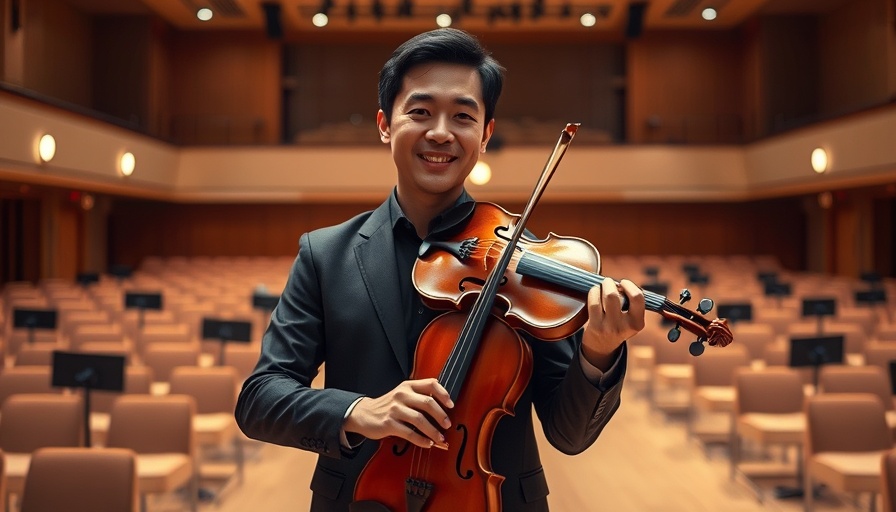
Mastering Complexity: Cho-Liang Lin’s Revolutionary Teaching Methodology
For aspiring musicians, the leap from the conservatory to the concert hall can be tumultuous, especially when faced with the high-pressure environment of professional orchestras. Violinist Cho-Liang Lin, a seasoned performer and faculty member at the Juilliard School and Rice University, has developed a unique methodology that prepares students to master complex musical compositions in remarkably short times—often just two days. This approach, designed to meet the direct demands of the music profession, contrasts sharply with traditional conservatory training that typically stretches over semesters.
The Reality of the Professional Musician
In the fast-paced world of orchestral performances, musicians often receive last-minute calls, requiring rapid adaptation to new pieces. “Sometimes you only have three days,” Lin emphasizes, highlighting the substantial discrepancy between academic preparation and real-world expectations. During summer festival circuits, artists may be tasked with learning multiple programs each week, putting a spotlight on the urgency and rigor of the profession.
The Accelerated Learning Framework
At the heart of Lin’s teaching is the Accelerated Learning Framework, aimed at reshaping how musicians approach practice and performance. Rather than spending exhaustive periods perfecting individual pieces, the framework encourages “surgical” practice and active recall techniques. “What we want to develop is a faster thinking machine,” Lin explains, employing cognitive theories to enhance retention and learning speed dramatically.
Active Recall and Practice Techniques
By integrating self-testing methods, Lin has seen retention rates soar by as much as 50%. Students engage in real-world simulations, mirroring the very deadlines they will face in their careers. This sense of urgency is further emphasized through focused rehearsals where emotional expression is prioritized, sometimes at the expense of perfection. Lin’s philosophy centers on musical communication and connection, especially under challenging time constraints.
Real-Life Applications of Lin's Method
In a recent summer festival experience, Lin gathered his students for a two-hour intensive rehearsal to prepare a full piece. Such an exercise exemplifies the demanding real-world scenarios that shape a professional musician's career. It was a true test of skill, adaptability, and teamwork, reinforcing the notion that musicians must not only understand their parts but also work effectively in collaborative environments.
Career Skills Beyond Musicality
Lin’s approach goes beyond mere technical execution; it equips students with essential career skills. The diagnostic listening techniques, leadership roles during group practices, and flexibility required to adapt to last-minute changes are invaluable attributes in the music industry. “These skills are crucial for lasting careers in music,” Lin asserts, preparing his students not just as performers, but as adaptable professionals ready for any challenge.
Future Opportunities in Musical Training
As the landscape of music continues to evolve, the need for innovative teaching methods like Lin’s will become increasingly critical. His framework not only addresses the present challenges musicians face but also anticipates future trends in the arts. As orchestras adapt to new formats, such as digital concert experiences, Lin's methodologies may very well lead the way in training the next generation of musicians capable of excelling in any environment.
Understanding Lin’s methods provides insights into the pressures of modern musical careers, illustrating the value of innovative pedagogical strategies in this time-sensitive field. His emphasis on emotional connectivity, in conjunction with proficient technical skills, underscores a balanced approach that is essential for success.
By embracing such techniques, young musicians can prepare themselves not only for today’s demanding rehearsals but also for a versatile and adaptive future in music.
 Add Row
Add Row  Add
Add 



Write A Comment